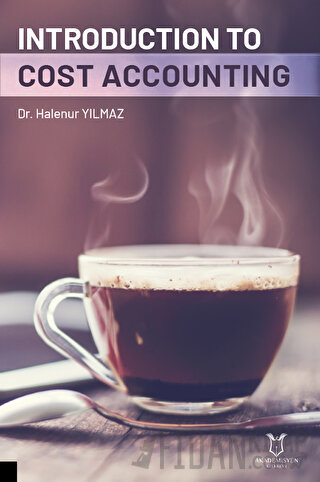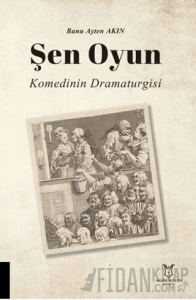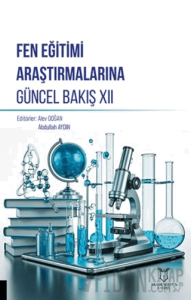
1. The Concept Of Cost Accounting
1.1. The Terms of Economics, Business and Accounting
1.2. Cost Accounting: An Overlap Between Financial and Managerial Accounting
1.3. Cost Accounting in Different Business Entities
1.4. Definition and Aims of Cost Accounting
2. Concepts Of Cost, Expense & Loss
3. The Basis Of Measuring Cost Process
3.1. The Term of Cost Object
3.2. The Term of Cost Center
3.3. Cost Accumulation, Cost Assignment and Traceability
3.4. Direct Cost Tracing and Cost Allocation
4. Elements Of Cost
4.1. Direct Material Cost
4.2. Direct Labor Cost
4.3. Manufacturing Overhead
4.4. Prime Costs and Conversion Costs
5. Classification Of Costs
5.1. Classification by Functions
5.2. Cost Classification by Nature
5.3. Behavioral Costs
5.3.1. Fixed Cost
5.3.2. Variable Cost:
5.3.3. Semi Variable Cost
5.3.4. Step Cost
5.4. Cost by Controllable
6. Calculation Of Production Cost And
The Costs Of The Goods Sold
6.1. Example I: Cost of Goods Manufactured
(Without Beginning Work in Process Inventory)
6.2. Example II: Cost of Goods Manufactured
(With the Beginning Work in Process Inventory)
6.3. Example III: Total Manufacturing Cost, Cost of
Goods Manufactured and the Costs of Goods Sold
6.4. The Statement of Cost of Goods Sold
7. Recording Process Of Cost Accunting
7.1. Cost Accounts Used in Turkish Uniform
Accounting System (Including 7/A & 7/B)
7.1.1. Cost Accounts as Required by Option 7/A
7.1.2. Cost Accounts as Required by Option 7/B
7.2. Comprehensive Example (Option 7/A)
8. Origin, History And Evolution Of Cost Accounting
8.1. Industrial Revolution
8.2. Developments After the 1950s: Evolution to
Managerial Accounting
References
1. The Concept Of Cost Accounting
1.1. The Terms of Economics, Business and Accounting
1.2. Cost Accounting: An Overlap Between Financial and Managerial Accounting
1.3. Cost Accounting in Different Business Entities
1.4. Definition and Aims of Cost Accounting
2. Concepts Of Cost, Expense & Loss
3. The Basis Of Measuring Cost Process
3.1. The Term of Cost Object
3.2. The Term of Cost Center
3.3. Cost Accumulation, Cost Assignment and Traceability
3.4. Direct Cost Tracing and Cost Allocation
4. Elements Of Cost
4.1. Direct Material Cost
4.2. Direct Labor Cost
4.3. Manufacturing Overhead
4.4. Prime Costs and Conversion Costs
5. Classification Of Costs
5.1. Classification by Functions
5.2. Cost Classification by Nature
5.3. Behavioral Costs
5.3.1. Fixed Cost
5.3.2. Variable Cost:
5.3.3. Semi Variable Cost
5.3.4. Step Cost
5.4. Cost by Controllable
6. Calculation Of Production Cost And
The Costs Of The Goods Sold
6.1. Example I: Cost of Goods Manufactured
(Without Beginning Work in Process Inventory)
6.2. Example II: Cost of Goods Manufactured
(With the Beginning Work in Process Inventory)
6.3. Example III: Total Manufacturing Cost, Cost of
Goods Manufactured and the Costs of Goods Sold
6.4. The Statement of Cost of Goods Sold
7. Recording Process Of Cost Accunting
7.1. Cost Accounts Used in Turkish Uniform
Accounting System (Including 7/A & 7/B)
7.1.1. Cost Accounts as Required by Option 7/A
7.1.2. Cost Accounts as Required by Option 7/B
7.2. Comprehensive Example (Option 7/A)
8. Origin, History And Evolution Of Cost Accounting
8.1. Industrial Revolution
8.2. Developments After the 1950s: Evolution to
Managerial Accounting
References











